Sir Walter Scott's delightful thatched home just outside Edinburgh has come up for sale
Barony House has changed a lot since the days when the great writer lived here, but it's not hard to see how he was inspired by these beautiful surroundings.
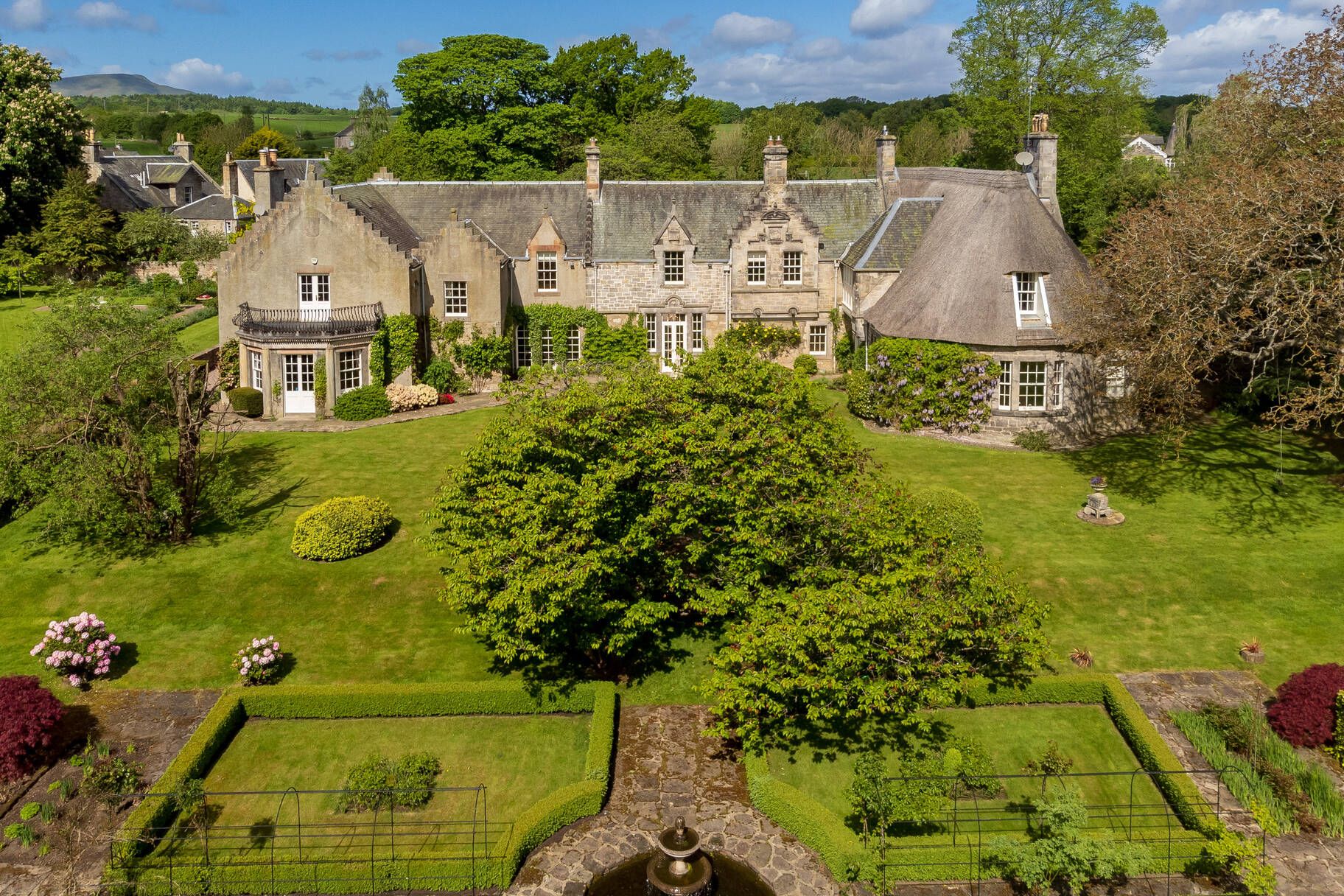
Sir Walter Scott is one of the great figures in Scottish literary history — and architectural history, come to that. One of the most successful writers of the 19th century — the creator of Ivanhoe, Heart of Midlothian and dozens more masterpieces — built a house in the Boders called Abbotsford, whose self-consciously whimsical and dramatic design was enormously influential. So much so, in fact, that Queen Victoria remodelled Balmoral in what became known as the Scots Baronial style.
A decade before he began on Abbotsford, and several years before he became a household name for his poetry and historical novels, Scott lead a very different life, settling with his family at a thatched cottage in Lasswade, a few miles south of Edinburgh. And that place, Barony House, is now for sale via Ellisons in Edinburgh. It's listed as 'price on application', and is being sold off-market; its previous appearance for sale was in 2008 at 'offers over £1.5m', but a huge amount of work has clearly been done to the house in recent years.
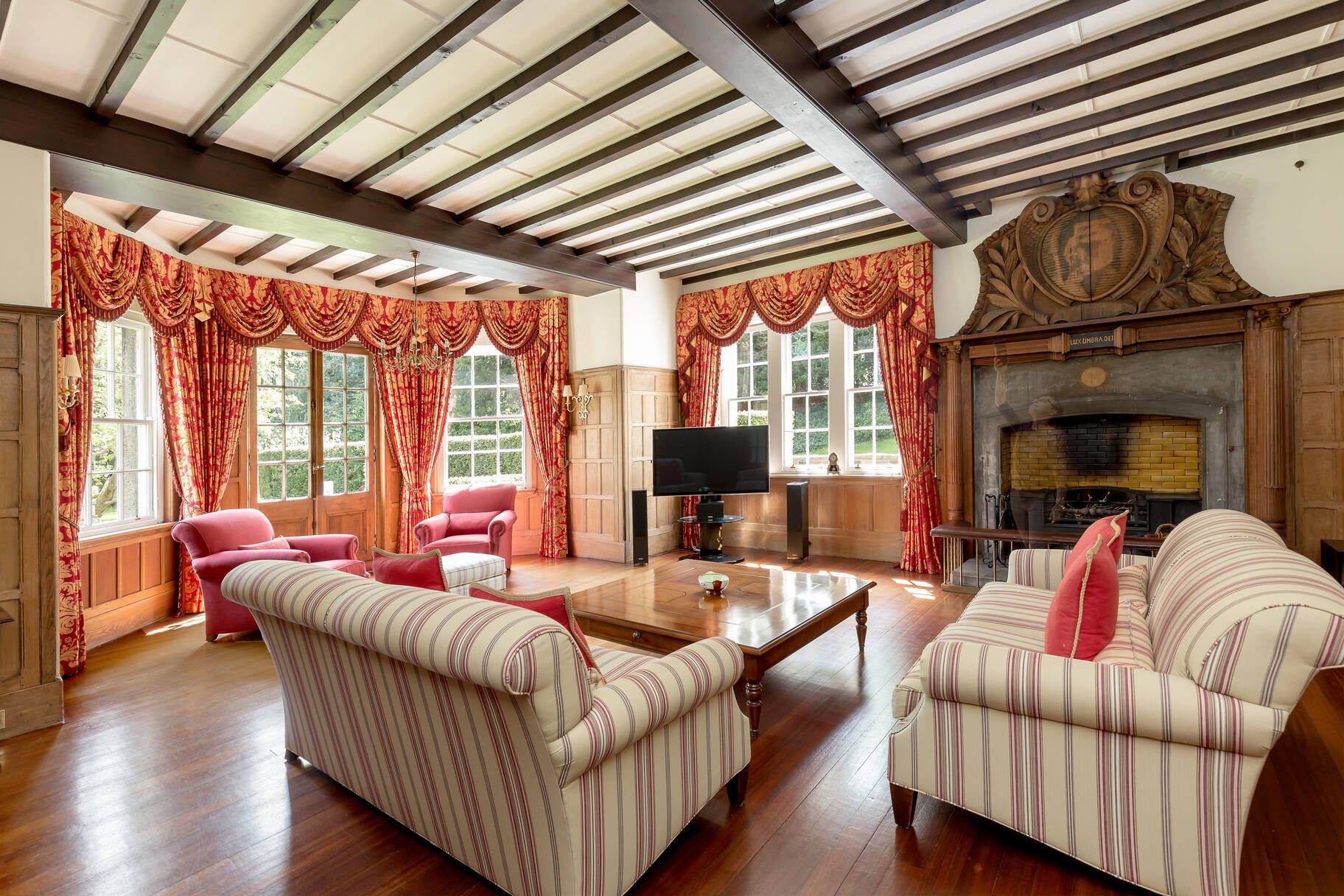
The future writer was still a lawyer in his 20s when he rented Barony House at £30 a year from 1798, spending summers there while also keeping a home in Edinburgh at 39 North Castle Street. It was during his spells in Lasswade that his long-standing desire to live a literary life began to develop alongside his legal work. He invited writers from across Britain to stay, not least William Wordsworth, with whom he is said to have shared an opium pipe or two in the lounge.
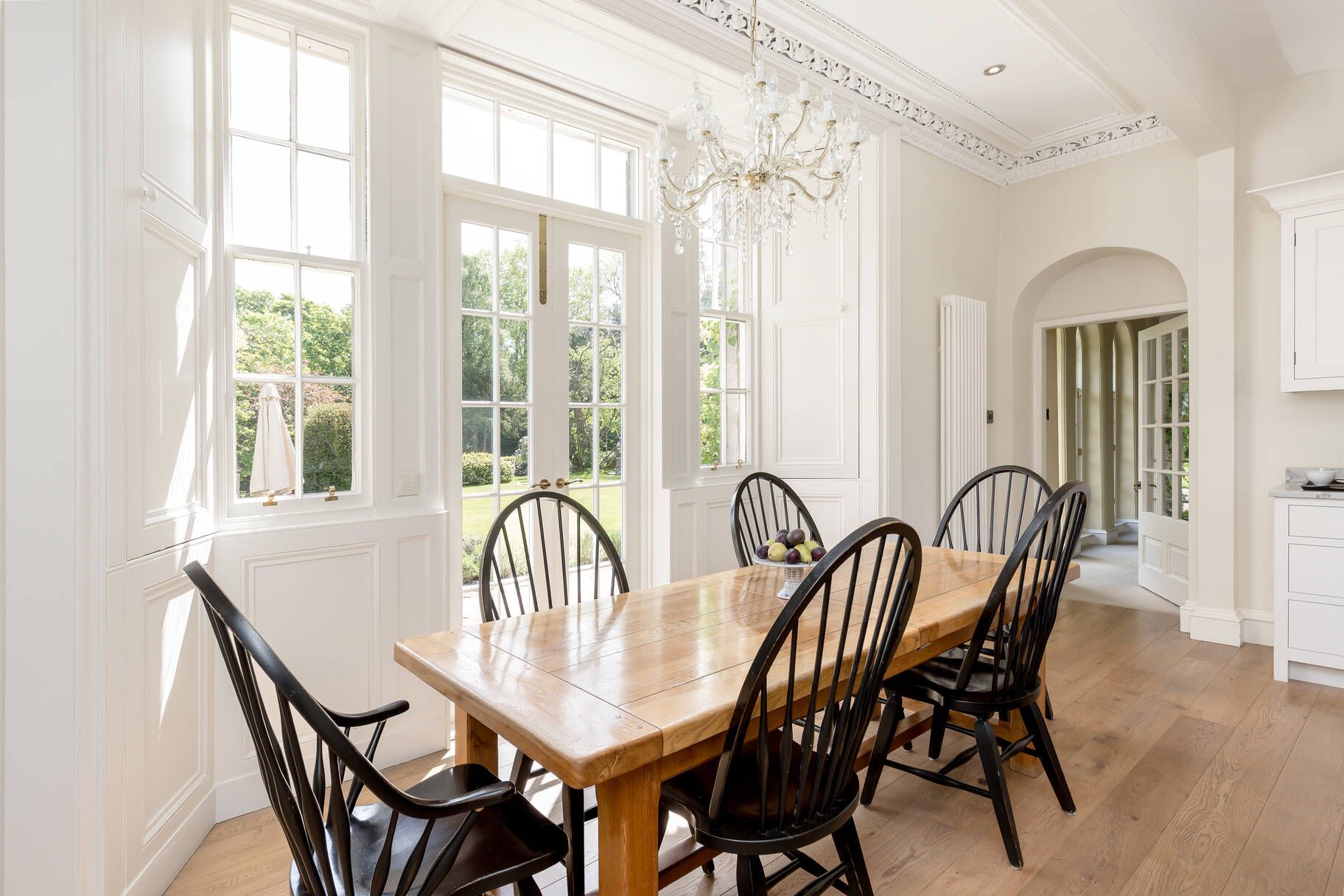
That lounge is still part of the house as it stands today, but there is much else here that Scott would not recognise. What was once called Lasswade Cottage was hugely extended twice in subsequent years, and Barony House in 2022 is a six-bedroom house of 7,862sq ft, sitting in 4.5 acres of beautifully-manicured gardens.
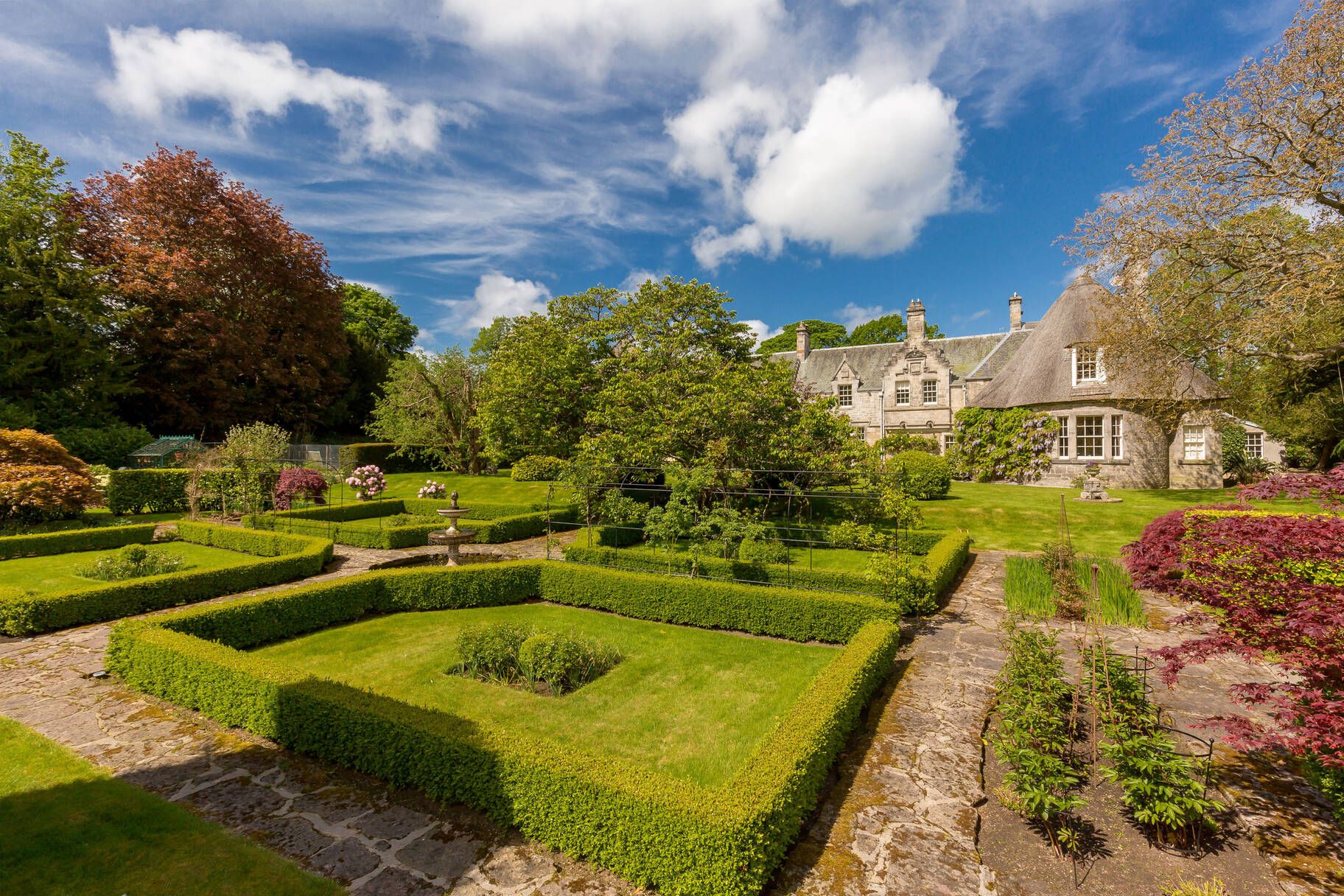
The oldest part of the building, still thatched (on the right in the picture at the top of the page), houses the sitting room and a huge, semi-circular home office which looks out over the formal gardens.
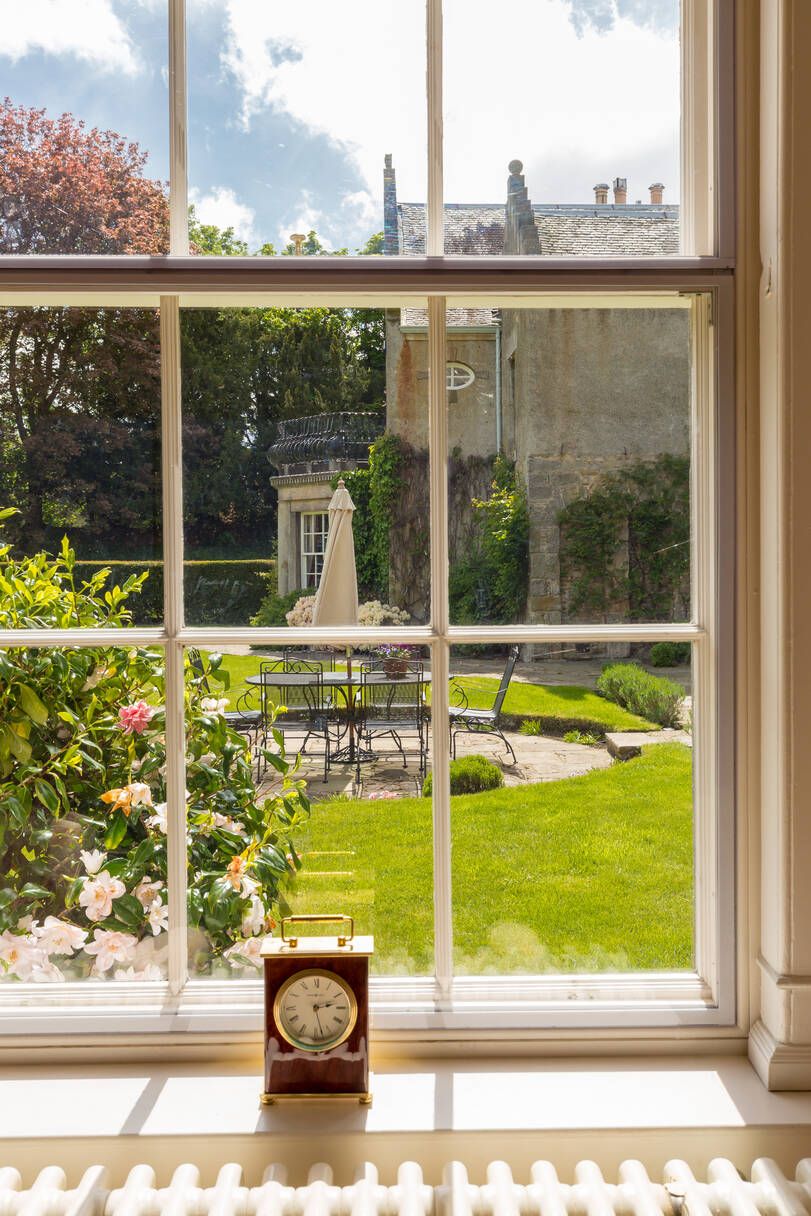
The drawing room and dining room are in the newer wing (on the left of the photo), with the kitchen-dining room and utility in the central section, as well as one of the most beautiful larders we've seen in years.
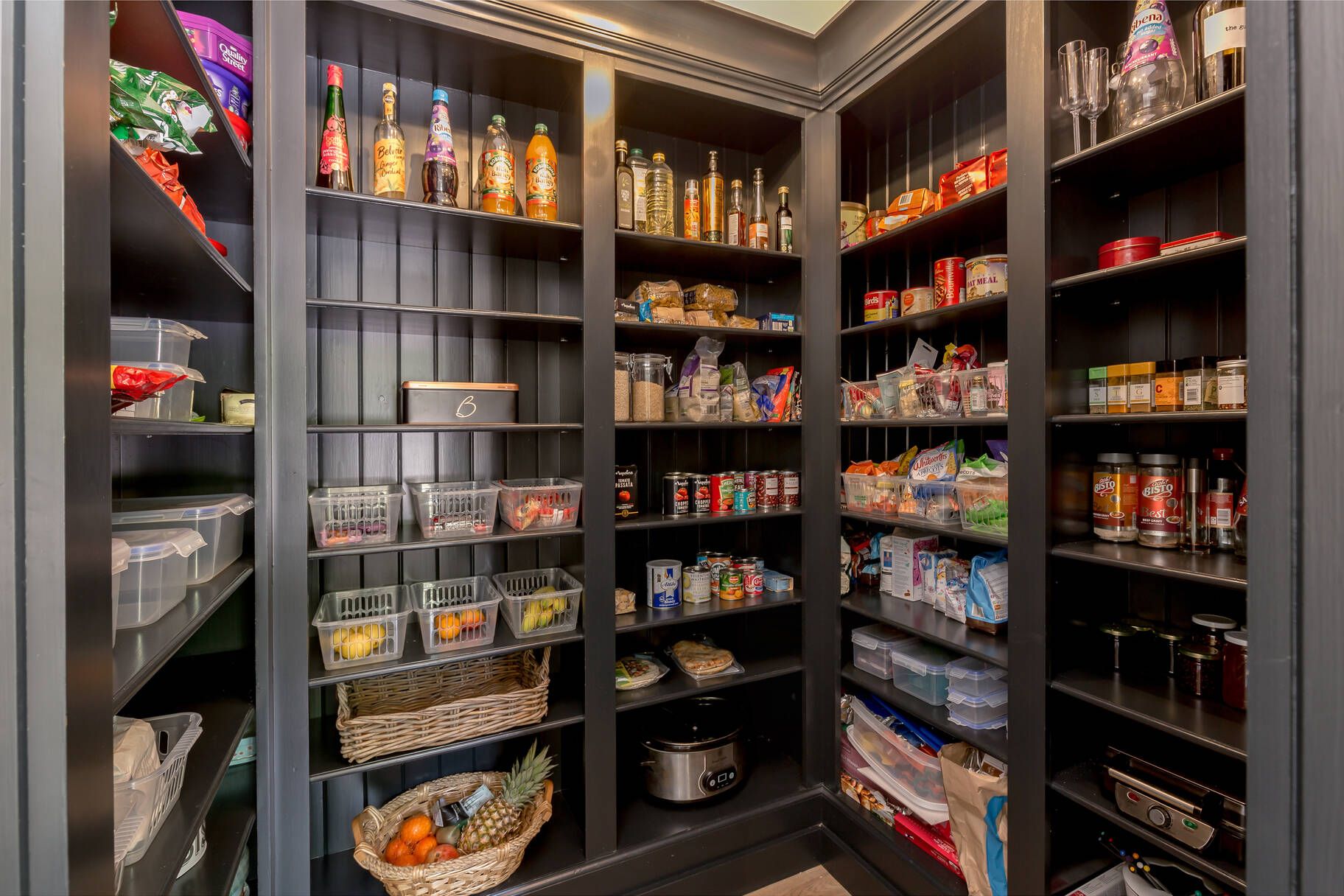
There is also a games room and family room off one corner of the property, and a timber-framed conservatory at the back of the house.
Sign up for the Country Life Newsletter
Exquisite houses, the beauty of Nature, and how to get the most from your life, straight to your inbox.
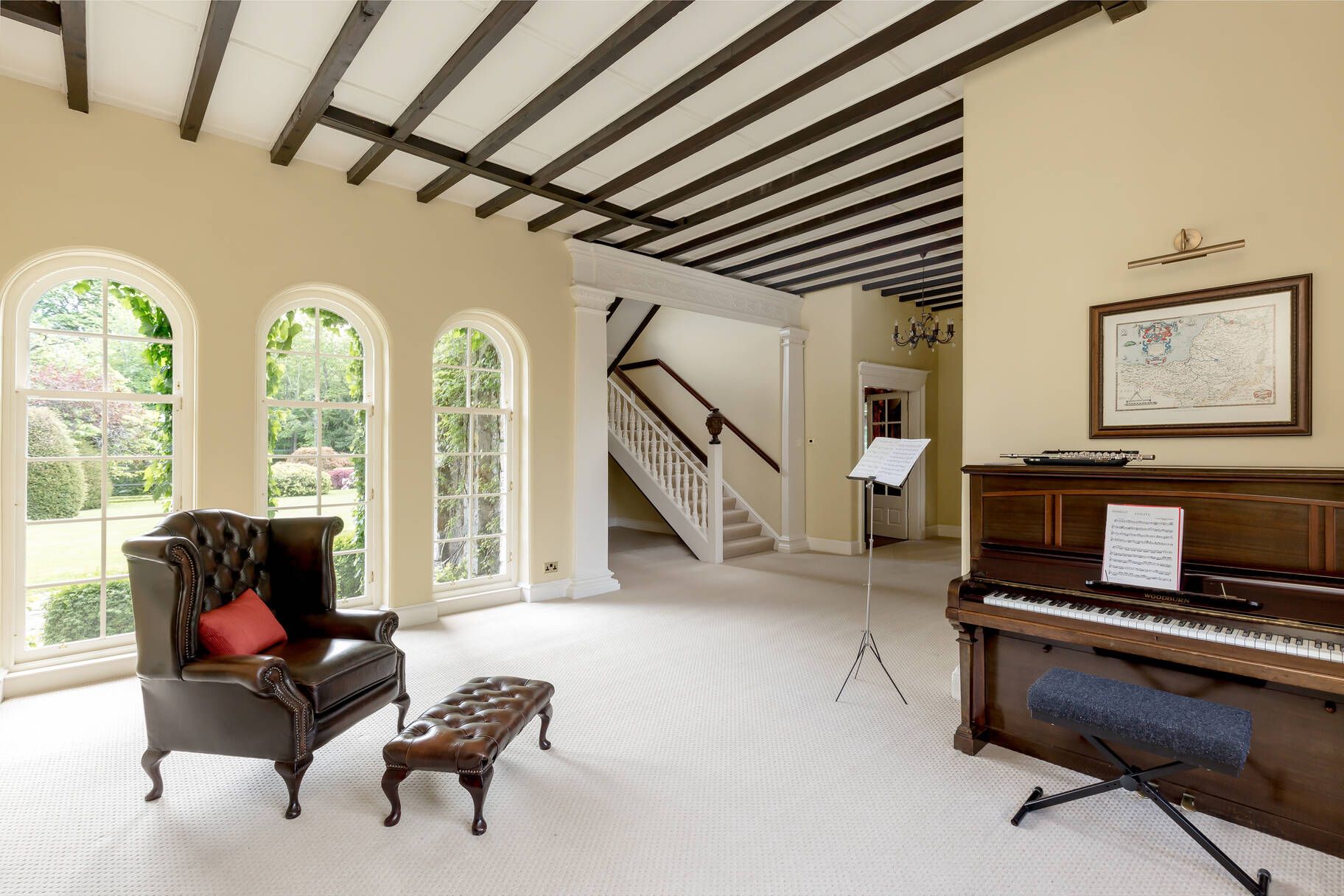
Upstairs, the Sir Walter Scott Bedroom is directly over the home office, while there is also another principal bedroom — with a stunning dressing room — and four more bedrooms.
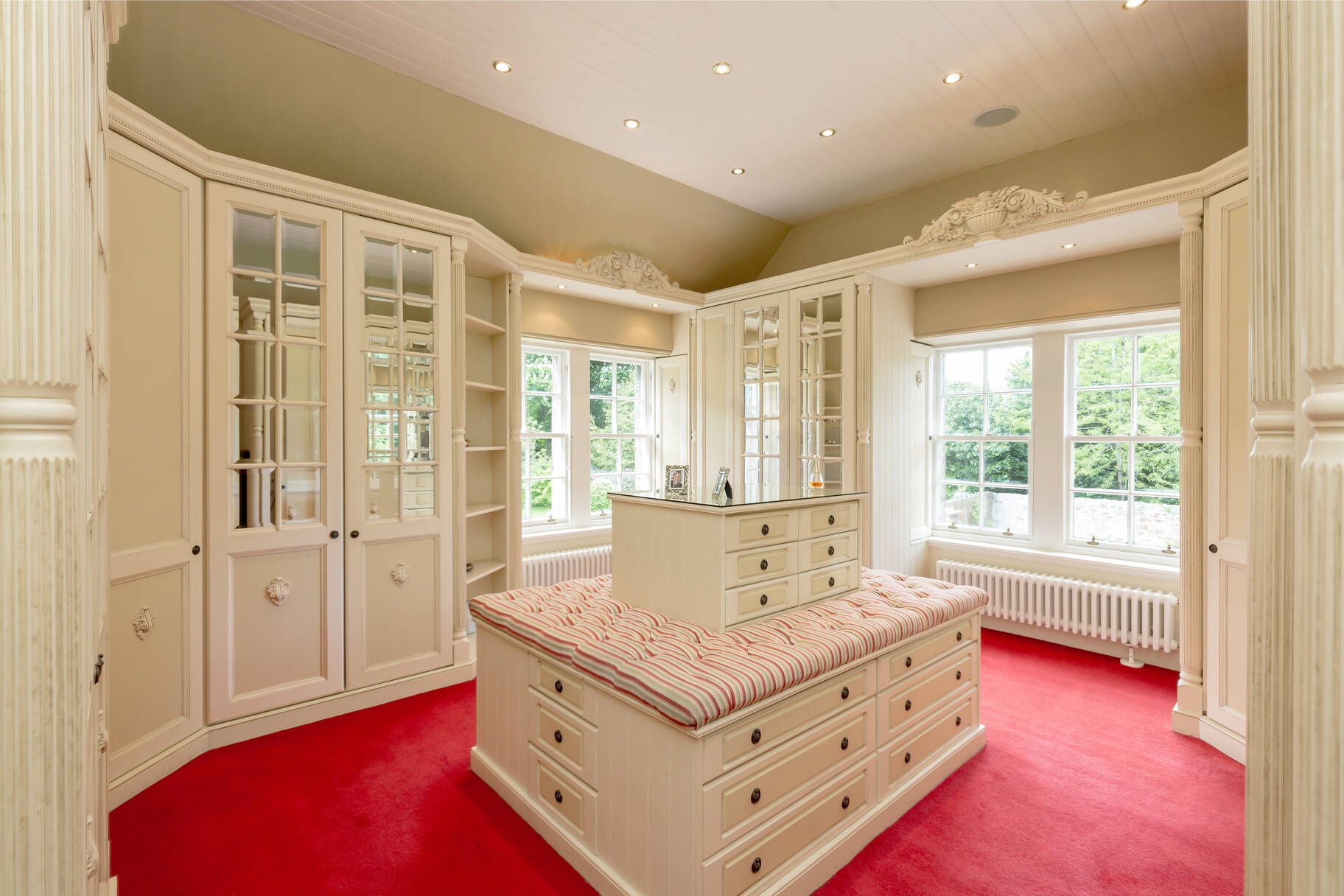
This is no gloomy old home: there is a light, airy feel about the place, with huge windows and high ceilings, and it's presented as a largely blank canvas. It's a place to let your imagination run riot, in other words — just as Scott's did when he picked up his pen and began his writing career from within these walls. It was here where he began to pen The Lay of the Last Minstrel, his first significant success.
The poem wouldn't be published until after his 1804 move to Ashiestiel — which, coincidentally, also went on to the market not long ago — but it was at Lasswade that the first seeds were planted.
Barony House at Lasswade, Midlothian, is for sale off market via Ellisons in Edinburgh.
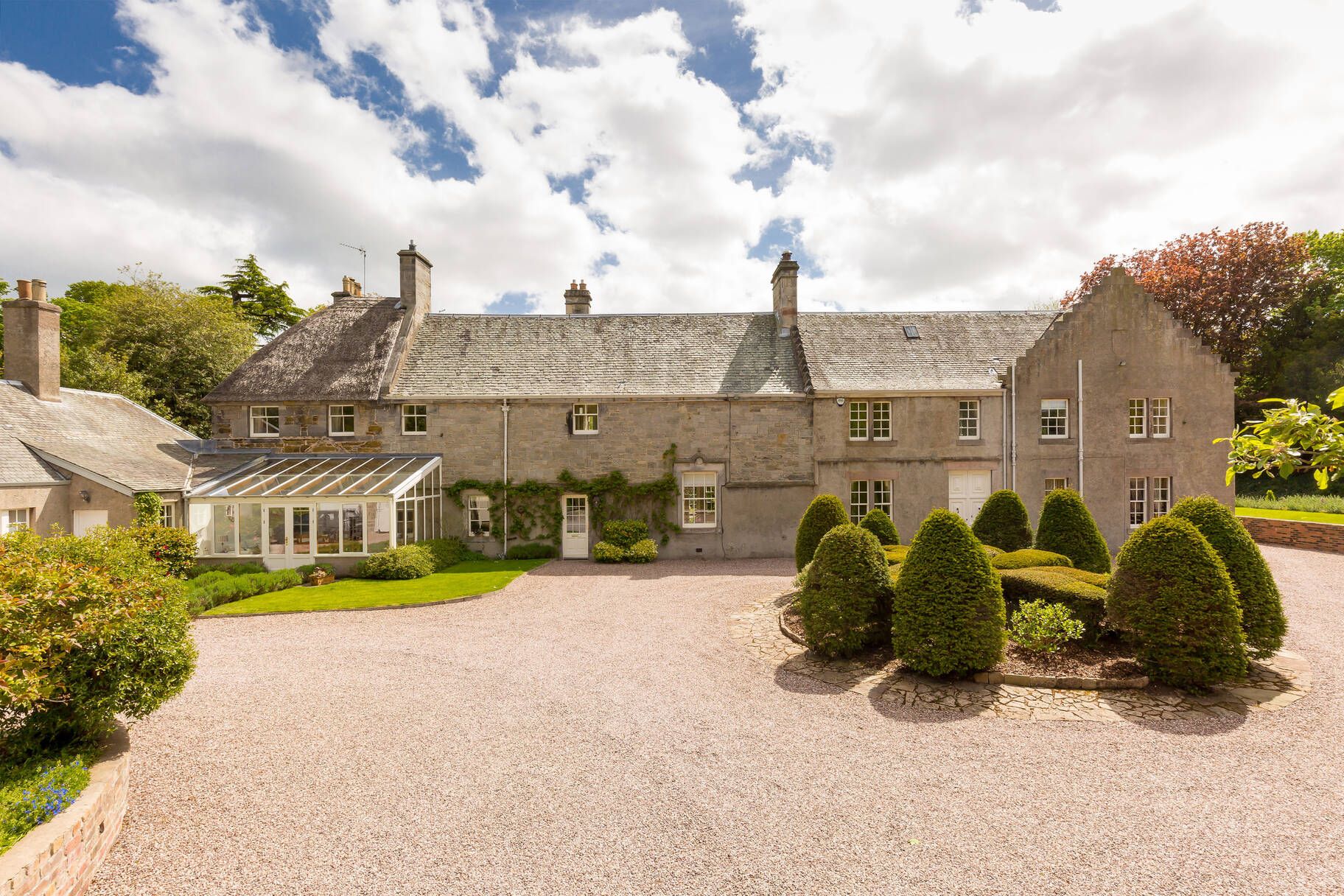
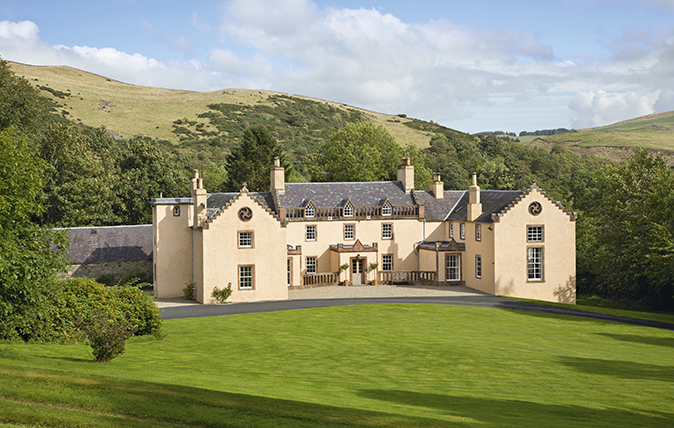
The sporting Scottish estate that was once home to Sir Walter Scott
Romantic Ashiestiel House at Clovenfords was inhabited by the novelist in the early 1800s.
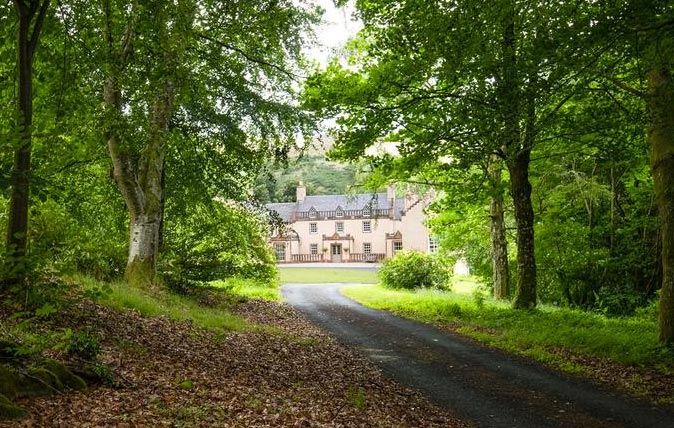
The devastatingly pretty home where Sir Walter Scott became a literary superstar
Within the splendid walls of Ashiestiel House, Sir Walter Scott enjoyed the happiest years of his life as he wrote
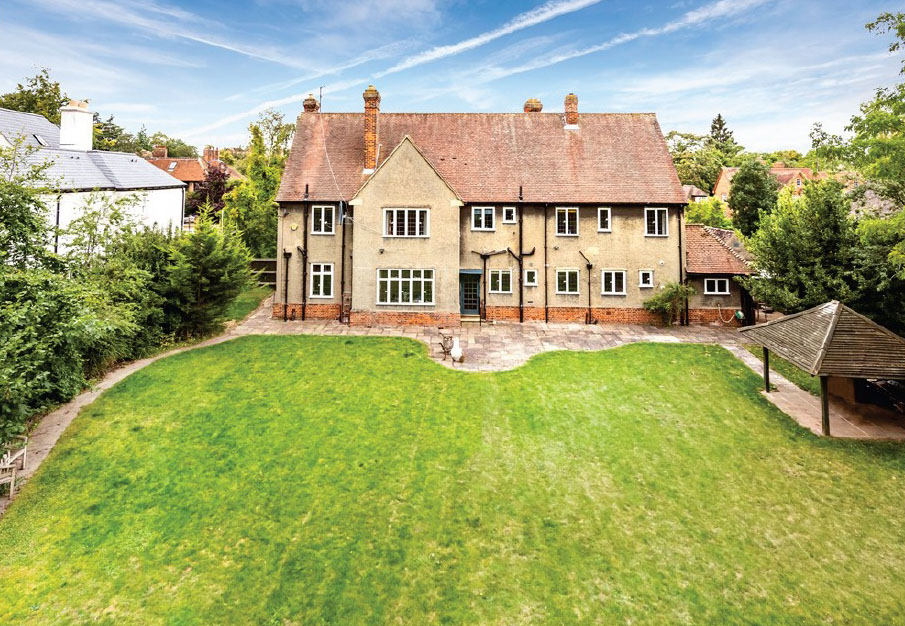
Credit: Breckon & Breckon
The Oxford house where JRR Tolkien wrote The Hobbit hits the market
JRR Tolkien moved to 20, Northmoor Road in 1930, six years after the property was built, and it is here
Toby Keel is Country Life's Digital Director, and has been running the website and social media channels since 2016. A former sports journalist, he writes about property, cars, lifestyle, travel, nature.
-
 Diamonds are everyone's best friend: The enduring appeal of one of Nature's sparkliest treasures
Diamonds are everyone's best friend: The enduring appeal of one of Nature's sparkliest treasuresEvery diamond has a story to tell and each of us deserves to fall in love with one.
By Jonathan Self Published
-
 Hidden excellence in a £7.5 million north London home
Hidden excellence in a £7.5 million north London homeBehind the traditional façades of Provost Road, you will find something very special.
By James Fisher Published
-
 Hidden excellence in a £7.5 million north London home
Hidden excellence in a £7.5 million north London homeBehind the traditional façades of Provost Road, you will find something very special.
By James Fisher Published
-
 Sip tea and laugh at your neighbours in this seaside Norfolk home with a watchtower
Sip tea and laugh at your neighbours in this seaside Norfolk home with a watchtowerOn Cliff Hill in Gorleston, one home is taller than all the others. It could be yours.
By James Fisher Published
-
 A Grecian masterpiece that might be one of the nation's finest homes comes up for sale in Kent
A Grecian masterpiece that might be one of the nation's finest homes comes up for sale in KentGrade I-listed Holwood House sits in 40 acres of private parkland just 15 miles from central London. It is spectacular.
By Penny Churchill Published
-
 Some of the finest landscapes in the North of England with a 12-bedroom home attached
Some of the finest landscapes in the North of England with a 12-bedroom home attachedUpper House in Derbyshire shows why the Kinder landscape was worth fighting for.
By James Fisher Published
-
 Could Gruber's Antiques from Paddington 2 be your new Notting Hill home?
Could Gruber's Antiques from Paddington 2 be your new Notting Hill home?It was the home of Mr Gruber and his antiques in the film, but in the real world, Alice's Antiques could be yours.
By James Fisher Published
-
 What should 1.5 million new homes look like?
What should 1.5 million new homes look like?The King's recent visit to Nansledan with the Prime Minister gives us a clue as to Labour's plans, but what are the benefits of traditional architecture? And can they solve a housing crisis?
By Lucy Denton Published
-
 Welcome to the modern party barn, where disco balls are 'non-negotiable'
Welcome to the modern party barn, where disco balls are 'non-negotiable'A party barn is the ultimate good-time utopia, devoid of the toil of a home gym or the practicalities of a home office. Modern efforts are a world away from the draughty, hay-bales-and-a-hi-fi set-up of yesteryear.
By Madeleine Silver Published
-
 Five beautiful homes, from a barn conversion to an island treasure, as seen in Country Life
Five beautiful homes, from a barn conversion to an island treasure, as seen in Country LifeOur pick of the best homes to come to the market via Country Life in recent days include a wonderful thatched home in Devon and a charming red-brick house with gardens that run down to the water's edge.
By Toby Keel Published

